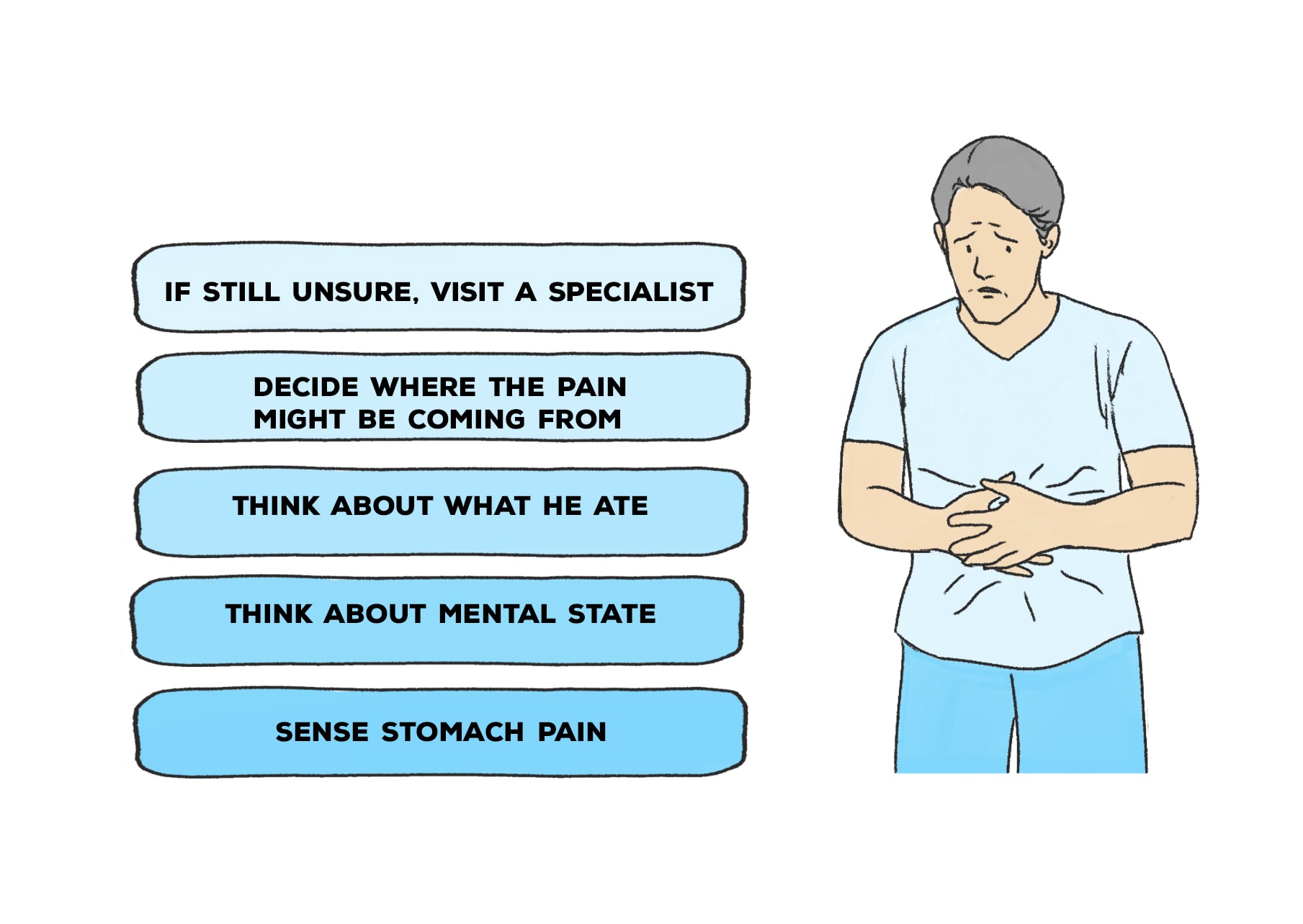Bottom-up Processing is a type of processing information that begins with the smallest details and gradually progresses to more complex concepts. This is distinct from top-down process where we begin to create an overall impression of a scene before we seek out specific evidence in the support of our initial assumption. For example, a person who is observing the city’s streets may initially create an impression of the street is crowded as well as noisy and chaotic. To verify this hypothesis, they might then look for specific signs that indicate this, such as individuals pushing through the crowds or noise generated by nearby cars.

Because bottom-up processing tends be more dependent on data than analytical processes, it has been studied extensively in relation with certain cognitive processes like perception and memory. But, it could also play an important role in other aspects of our lives, like decision making or creative pursuits like art or design. When applied strategically and with the appropriate, bottom-up processing can lead to improved problem solving and greater insights into complicated situations. Bottom-up Processing, despite the negative connotations it carries in the academic world, can be extremely helpful for understanding both our surroundings as well as our inner functioning.
The brain’s intricate functions lie at the heart of all our thoughts and actions. The functions that take place within this complex organ play a vital part in everything from memories and intelligence to our moods and behavior. Bottom-up processing is one of the most significant ways to influence brain function. This is the way that information is processed at the level of individual neurons or nerve cells and then through interconnected neural pathways, which eventually influence higher cognitive functions like perception and attention. Research has demonstrated that this process could have profound effects on processes like learning and memory. It could also be used to treat conditions such as Alzheimer’s disease or schizophrenia. So, by learning more about bottom-up processing and the mechanisms behind it can help us to unlock some of the mysteries of brain function and pave the way for powerful new methods in healthcare and neuroscience.
Bottom-up processing is how data is processed by the brain. Top-down processing is focused more on integrating prior knowledge and expectations into learning. Bottom-up processing relies on the input of raw data. Bottom-up processing can be a fantastic way to master learners of all levels by focusing solely on certain aspects of the learning process. This includes basic vocabulary and sounds and sounds, as well as more complex concepts and ideas.
The main benefit of bottom-up processing is that it permits us to take a step back and focus on each element of information we encounter. This keeps us interested and excited to master new concepts, develop existing ones, or identify possible areas for improvement. To help us better understand the details, we can identify how they are connected through networks and logical chains. Bottom-up processing is a great way to improve our learning and become more effective communicators by engaging in bottom up processing.
For more information, click Bottom up processing

